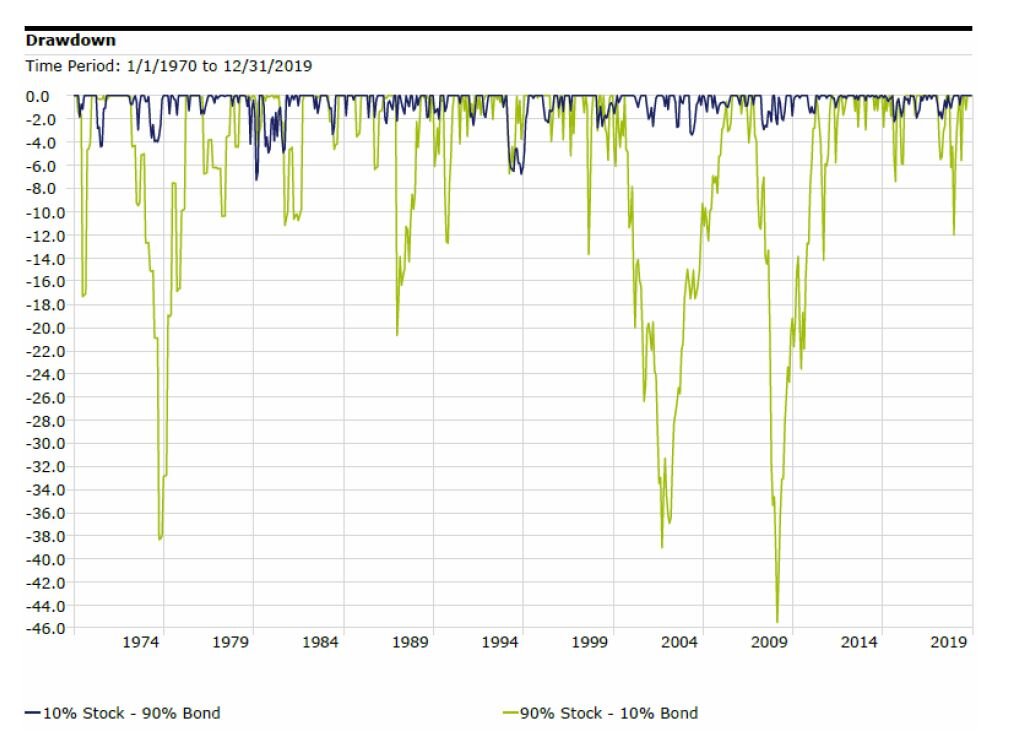A free float-adjusted market capitalization weighted index that is designed to measure the equity market performance of developed markets. The MSCI World Index consists of the following 24 developed market country indices: Australia, Austria, Belgium, Canada, Denmark, Finland, France, Germany, Greece, Hong Kong, Ireland, Israel, Italy, Japan, Netherlands, New Zealand, Norway, Portugal, Singapore, Spain, Sweden, Switzerland, the United Kingdom, and the United States. With Net Dividends (Total Return Index): Net total return indices reinvest dividends after the deduction of withholding taxes, using (for international indices) a tax rate applicable to non-resident institutional investors who do not benefit from double taxation treaties.
The S&P 500 is an unmanaged index of 500 widely held stocks that is generally considered representative of the U.S. stock free float-adjusted market capitalization index that is designed to measure the equity market performance of developed markets, excluding the United States & Canada. As of June 2007 the MSCI EAFE Index consisted of the following 21 developed market countries: Australia, Austria, Belgium, Denmark, Finland, France, Germany, Greece, Hong Kong, Ireland, Italy, Japan, Netherlands, New Zealand, Norway, Portugal, Singapore, Spain, Sweden, Switzerland, and the United Kingdom. (Total Return Index) - With Net Dividends: Approximates the minimum possible dividend reinvestment. The dividend is reinvested after deduction of withholding tax, applying the rate to non-resident individuals who do not benefit from double taxation treaties. MSCI Barra uses withholding tax rates applicable to Luxembourg holding companies, as Luxembourg applies the highest rates.
The MSCI EAFE Index (Europe, Australasia, Far East) is a free float-adjusted market capitalization index that is designed to measure the equity market performance of developed markets, excluding the US & Canada. The MSCI EAFE Index consists of the following 21 developed market country indexes: Australia, Austria, Belgium, Denmark, Finland, France, Germany, Hong Kong, Ireland, Israel, Italy, Japan, the Netherlands, New Zealand, Norway, Portugal, Singapore, Spain, Sweden, Switzerland, and the United Kingdom. The MSCI Hong Kong Index is designed to measure the performance of the large and mid-cap segments of the Hong Kong market. With 43 constituents, the index covers approximately 85% of the free float-adjusted market capitalization of the Hong Kong equity universe.
The MSCI Japan Index is designed to measure the performance of the large and mid-cap segments of the Japanese market. With 323 constituents, the index covers approximately 85% of the free float-adjusted market capitalization in Japan.
The MSCI Germany Index is designed to measure the performance of the large and mid-cap segments of the German market. With 59 constituents, the index covers about 85% of the equity universe in Germany. The MSCI United Kingdom Index is designed to measure the performance of the large and mid-cap segments of the UK market. With 96 constituents, the index covers approximately 85% of the free float-adjusted market capitalization in the UK.
The MSCI France Index is designed to measure the performance of the large and mid-cap segments of the French market. With 77 constituents, the index covers about 85% of the equity universe in France. The MSCI Italy Index is designed to measure the performance of the large and mid-cap segments of the Italian market. With 24 constituents, the index covers about 85% of the equity universe in Italy.
The MSCI Canada Index is designed to measure the performance of the large and mid-cap segments of the Canada market. With 89 constituents, the index covers approximately 85% of the free float-adjusted market capitalization in Canada.
The Russell 2000 Index measures the performance of the 2,000 smallest companies in the Russell 3000 Index, which represent approximately 8% of the total market capitalization of the Russell 3000 Index.
 Contributed by: Nicholas Boguth, CFA®
Contributed by: Nicholas Boguth, CFA® 





















